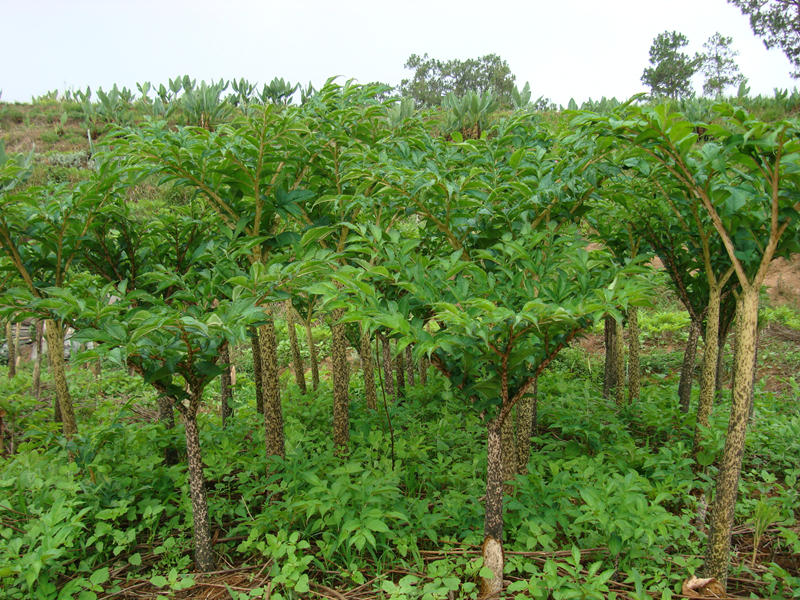
Zero Calories, contain both Konjac fiber and Oat Fiber, easy to absorb flavor (US Patent Pending 61718972)
Konjac tree mainly grows in the south west China mountain range, where pandas live. The root of the konjac tree is full of fiber, which can be used to make konjac foods.
Read More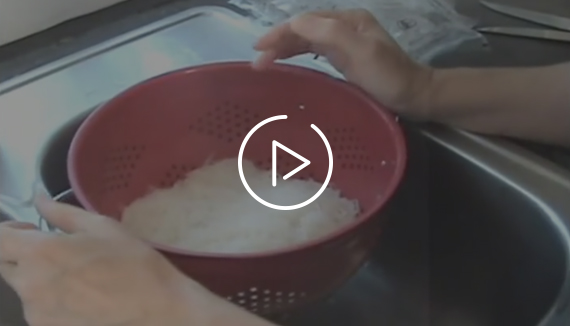
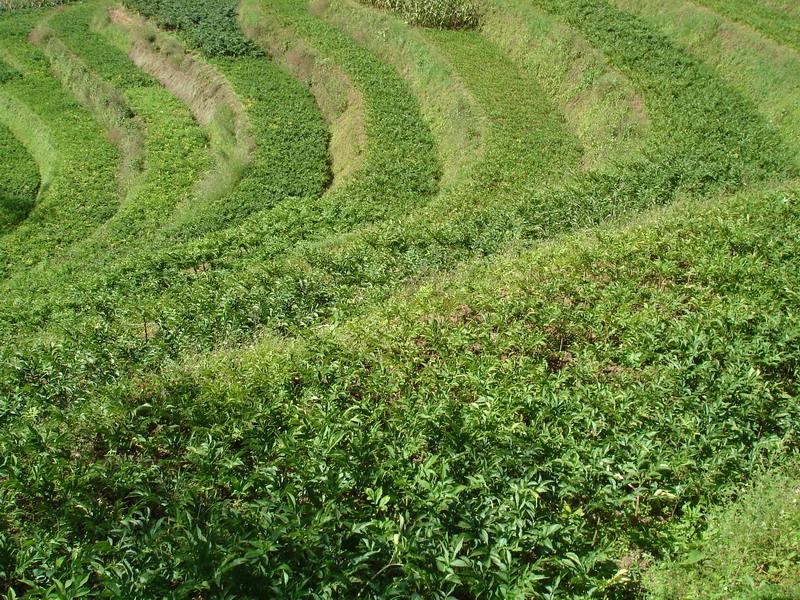
Konjac noodles is made out of 3% konjac fiber, and 97% water. Konjac is
gluten free, wheat free, grain free, soy free, sugar free, allergy free...
Konjac fiber is a water soluble fiber, which is a perfect prebiotics, which
can feed good gut bacteria and help balance the gut bacteria.
Konjac glucomannan (KGM) is a water-soluble dietary fiber derived from the root of the Konjac plant. Konjac foods, also called Shirataki NooldesIn Japan, made from Konjac Glucomannan, are traditional Chinese foods with a history spanning over two thousand years. Referred to as Moyu or Juruo in China, and Konnyaku or Shirataki Noodles in Japan, Konjac foods are a popular health food in the Asian markets.
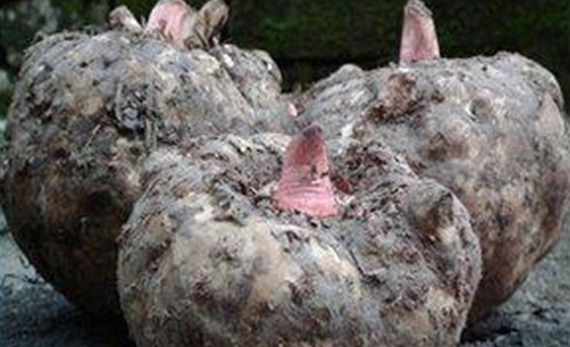
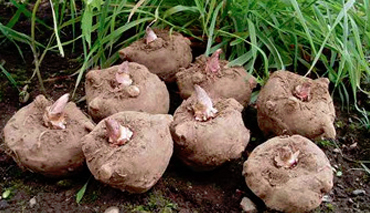
Traditional Konjac Foods are made by first mashing the Konjac root then boiling the mash in limewater.
Read More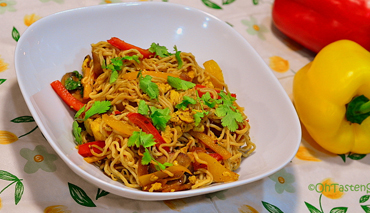
Konjac foods are packaged in water, making it an instant wet food. The easiest way to prepare Konjac is by draining.
Read More
The Konjac plant belongs to the genus Amorphophallus. The botanical name of the plant is Amorphophallus Konjac.
Read More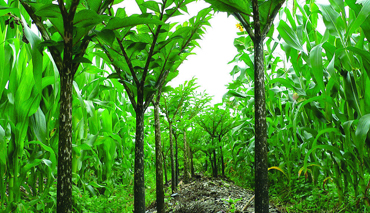
Cultures in East Asia have used Konjac fiber for more than fifteen hundred years. China is the major growing region.
Read More
Konjac foods can easily be made by mixing Konjac flour with limewater. When this mixture is boiled, a gel forms.
Read More
Pour 2 cups of cold water into a large cooking pot. Stir in a 1/8 teaspoon of pickling limeor baking powder for one minutes.
Read More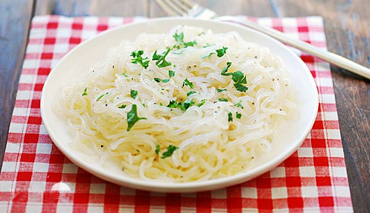
Shirataki noodles, as they are known in Japan, are made from Konjac, calorie free and consist of pure fiber.
Read More
Shirataki noodles is a wet food packed in water. As an instant food Shirataki can be consumed without cooking.
Read More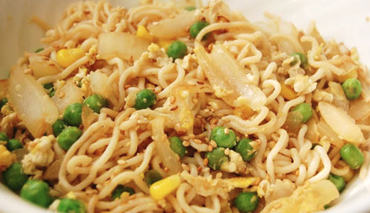
Konjac Shirataki noodles are tasteless. The benefit of a tasteless noodle is the ability to add your own favorite.
Read More
Konjac noodles produced by Konjac Brands (KonjacFoods.com) has a shelf life of one year at room temperature.
Read More
The Konjac plant can live up to 5 years. However, during its third year of growth the Konjac root matures.
Read More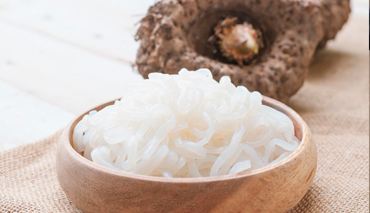
The Konjac root is highly rich in positive vitamins, minerals and fiber. Besides its most beneficial nutritional.
Read More
Konjac foods are made from glucomannan fiber and calcium hydroxide. Being rich in calcium, when the Konjac.
Read More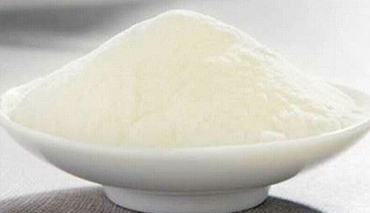
Konjac powder is a very Alkaline food. Below you will find a list of alkaline foods that are commonly.
Read More
Because glucomannan can absorb up to 200 times its weight in water, it has been used as a dietary supplement.
Read More
Soluble fiber helps in treating constipation, soluble fiber absorbs water making the feces softer and this promotes.
Read More
Konjac fiber is a very strong Alkaline food. As discussed before and demonstrated on the pH value list within this article,
Read More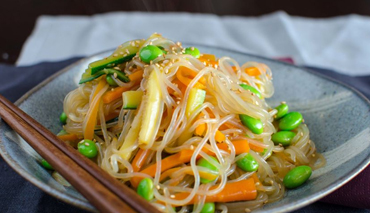
Soluble fiber is the single greatest dietary aid for preventing Irritable Bowel Syndrome symptoms in the first place,
Read More
As medical research has demonstrated, the higher the viscosity of soluble fiber, the better the ability to control.
Read More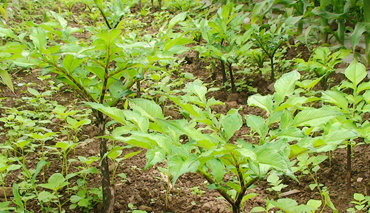
Glucomannan fiber works in a similar manner to other water-soluble fibers. It is able to attach itself to bile.
Read More
Konjac glucomannan fiber, the most viscosity soluble fiber, it is the most effective soluble fiber.
Read More
Konjac glucomannan fiber must be combined with enough water as directed. For this, it is always recommended
Read More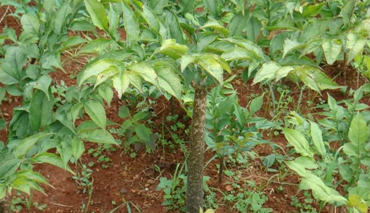
Konjac Glucomannan fiber is a water-soluble dietary fiber that is derived from the Konjac root.
Read More
Soluble fibers such as Glucomannan have many health-promoting benefits due to their ability to form a soft gel with water.
Read More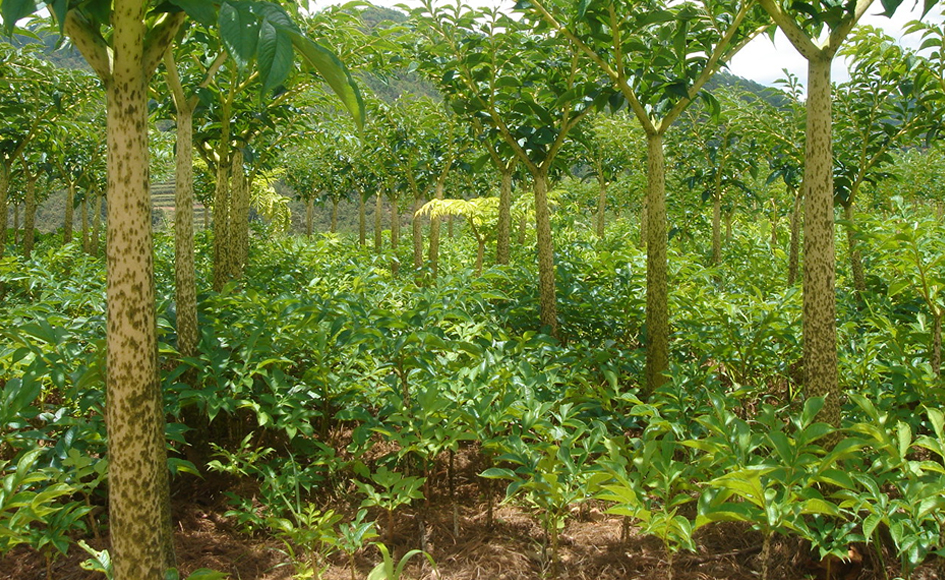
Konjac is a kind of plant that can live upto 3 years long, it mostly grows in the Southwest China mountainious region, the same beautiful area where Pandas live, Konjac plant has a very nice flower and fruit. The konjac root (tube) is rich of glucomannan fiber, 40-60% dried konjac root is glucomannan fiber.
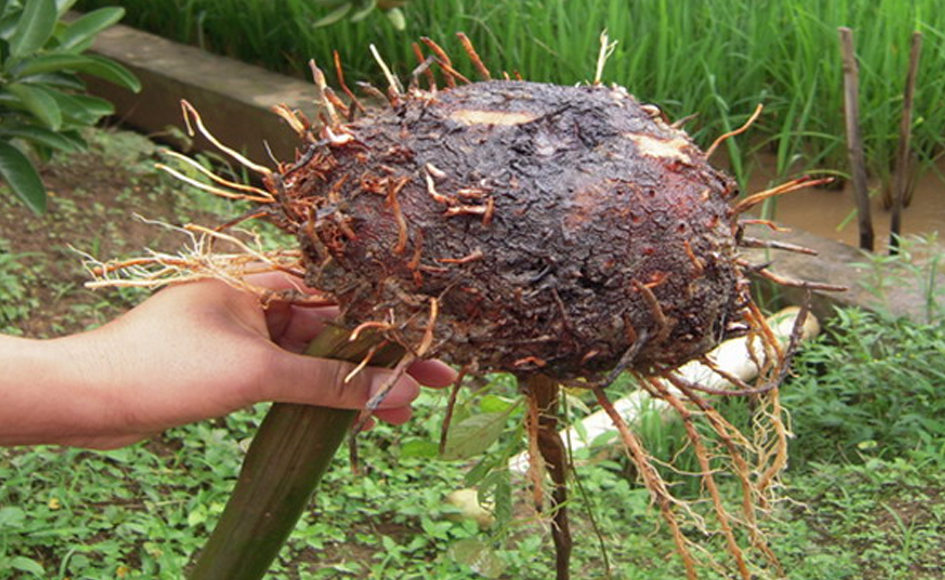
Konjac fiber has the highest viscosity soluble fiber in nature, according to medical research, the higher the viscosity, the better to control blood sugar levels. Konjac fiber is the best soluble fiber for people with diabetes that want to control blood sugar level naturally.
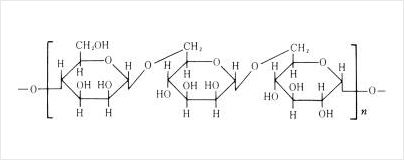
Kojac glucomannan (KGM) molecules structure
The US Food and Drug Administration has approved food manufacturer use of the following information on product labels:
The American Dietetic Association recommends that people consume 20 to 35 grams of fiber per day, of which 5 to 10 grams should be soluble fiber. However, Americans typically average only about 12 to 17 grams of total fiber and only 3 to 4 grams of soluble fiber a day - about half the recommended amount.
Soluble fiber is the only known food component that will lower blood cholesterol when you add more to your diet. Foods high in soluble fiber help prevent sugar from rising too high after meals by keeping food in the stomach longer. Sugar is absorbed more slowly, preventing free fatty acids and triglycerides from rising too high after meals. Free fatty acids bind to insulin receptors and prevent insulin from doing its job of driving sugar from the bloodstream into cells. In addition, soluble fiber does the following:
Research proves that the higher the viscosity of soluble fiber, the better the control of blood sugar level in patients with Type 2 diabetes:
"A high intake of dietary fiber, particularly of the soluble type, above the level recommended by the ADA, improves glycemic control, decreases hyperinsulinemia, and lowers plasma lipid concentrations in patients with type 2 diabetes "
"Water-soluble fiber appears to have a greater potential to reduce postprandial blood glucose, insulin, and serum lipid levels than insoluble fiber. Viscosity of the dietary fiber is important; the greater the viscosity, the greater the effect. "
"Glucomannan (GM) is differentiated from other soluble fibers by the extraordinarily high viscosity of GM solutions. Administration of 4-5g of GM with meals, blended into fluid or mixed with food, can slow carbohydrate absorption and dampen the postprandial insulin response by up to 50%. "
"KJM fiber added to conventional treatment may ameliorate glycemic control, blood lipid profile, and SBP in high-risk diabetic individuals, possibly improving the effectiveness of conventional treatment in type 2 diabetes "
 PDF Format
PDF Format
"A diet rich in high-viscosity KJM improves glycemic control and lipid profile, suggesting a therapeutic potential in the treatment of the insulin resistance syndrome. "
 PDF Format
PDF Format
"The KGM supplement improved blood lipid levels by enhancing fecal excretion of neutral sterol and bile acid and alleviated the elevated glucose levels in diabetic subjects. KGM could be an adjunct for the treatment of hyperlipidemic diabetic subjects. "
Soluble fiber is found in oats, oatmeal, oat bran, beans, legumes, barley, citrus fruits, and psyllium. It can also be found in gums, including; Konjac gum, vegetable gum, pectin, guar gum and gum Arabic. But generally, most have only a small percentage soluble fiber. Oat bran contains the highest level of soluble fiber, about 14%. All other grains contain much less. In comparison, fresh Konjac contains an average of 13% dry matter, of which 64% is glucomannan, making glucomannan the richest soluble fiber resource in nature.
Three times daily before each meal, briskly stir one level teaspoon konjac powder (about 4 gram) in 1 cup water, drink immediatly before the begins to gel.
Like cornstarch, but with 10 times the viscosity, Konjac Glucomannan powder thickens sauces, gravies, puddings and pie fillings without affecting taste.
Konjac Glucomannan is easy to use, dissolving easily into hot or cold liquids.
In addition to buying Konjac foods in the super market or online, you can them make them yourself. You can easily prepare Konjac foods at home using the following simple recipe:
Pour 2 cups of cold water into a pot. Stir in a 1/8 teaspoon of pickling lime. Then, add 2 teaspoon of Konjac Glucomannan powder, stirring continuously to a boil. Boil the mixture for about 3 minutes. Remove from heat. A thermally stable (non-reversible) gel is formed once the mixture cools down. Cut gel into small pieces, dip in water or steam about 3-5 minutes and then cook in the way you like.
Konjac pasta can be boiled or cooked with vegetables, meat, or seafood. It can then be tossed with sauces, vinegar, hot salsa, or ingredients like pepper, onion, or garlic. To prepare Konjac pasta, simply dip it in water for 3-5 minutes, and then prepare it any way you like.
Copyright © 2002 ~ 2017 KonjacFoods.com